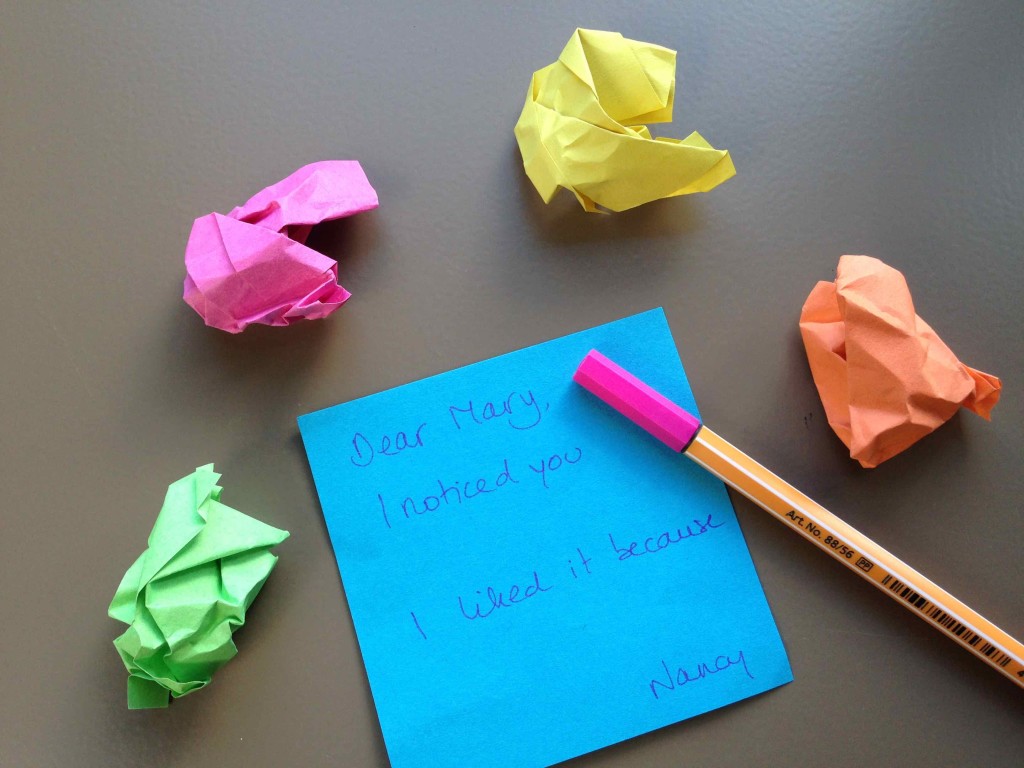Last week I was reminded of the fact that job interviews can be a big stressor to many people. Personally I don’t think so. But then again: it’s not what happens to us that stresses us, but how we look at it, right? So I have decided to share my tips and trick, hoping somebody might benefit from them.
THE MINDSET
- I am the right person for this job. It is crucial that you believe this. But it’s not always easy to find the ‘balance’. When you believe you are the ‘best’ person for the job, chances are you might be a bit arrogant. But the opposite is also a ‘no-no’: ‘Who am I? There are probably a 100 people who would be better suited for this job than me…’ No, you are the right person for the job. Careful, that doesn’t necessarily mean you will get the job. Somebody else might be a better fit but that does not change the fact that you too, could be the right person for the job.
- Visualise yourself doing the job. The more you can see yourself doing the job, the easier it becomes to think you are the right person. You’ll be more congruent, it’s going to ‘show’ you can do it. An excellent exercise to get there is the ‘level alignment process’
- What if they don’t like me? Let me reply with: ‘What if YOU don’t like THEM?’… I once had an interview, and they were interested. I even went back for a second interview but… deep down I was thinking: ‘Do I really want to work here?’ And actually, I didn’t. So… when they offered me the job, I had to say no. And IF they don’t like you, don’t take it personal. You’re just not a ‘match’ at this moment and it was probably not meant to be in the first place.
THE PREPARATION
After having taken care of the mindset, you want to prepare yourself carefully.
- Find out as much as you can about the job, the department, the company or organisation. What do they do? What’s the organisation like? How’s the atmosphere? Do people like working there? Having an ‘insider’ can be useful (although he/she can also be biased) but there is a lot you can find on the internet too.
- Study the job description: what are they looking for? Make sure that for every competence and/or quality they are asking for, you are able to give a relevant example (of you having that competence and/or quality). For instance: they want ‘stress resistant’. You have to be able to give a specific example of a situation in which you showed stress resistance. Maybe you don’t have a lot of professional experience. It is ok to use examples from your private life. Perhaps you have a hobby in which you are very much involved. This could also serve as an example of ‘team player’ or ‘organisation skills’ or … Be creative and think outside of the box!
- Be prepared for some ‘classics’ (and make sure that your answers are structured!):
- Could you briefly introduce yourself? (e.g.: Who am I, what have I done so far, why do I think I am the right person for this job?)
- Where do you see yourself in 5 years?
- Could you give 3 positive and 3 negative qualities?
- If you tend to be nervous, practice some relaxation techniques. For more info look here and in the resource section of this website. But realise you need to practice, don’t try them out for the very first time at the interview…
THE INTERVIEW ITSELF
- Wear something suitable. Make sure you ‘look’ the part. ‘Suitable’ will depend on the type of job you are going for and possibly also on the type of organisation. Finding out what is suitable, will be part of the preparation. Do make sure you pick something you also feel comfortable in…
- Make sure to keep eye contact. Should you be interviewed by more than 1 person, make sure to keep eye contact with all of them, and not just with the person with the ‘smiley’ face…
- When answering the questions: listen carefully to make sure you understand them well (if not, ask!), pause briefly (to allow yourself to structure your answer) and keep it brief. If they want to know more, they will ask. And don’t hesitate to ask questions yourself, should you have any.
These are my tips and tricks. If you have some of your own, feel free to share them below!
Good luck!
If you liked the above, you can sign up for more Tips & Tricks here. Looking forward to hearing from you!


